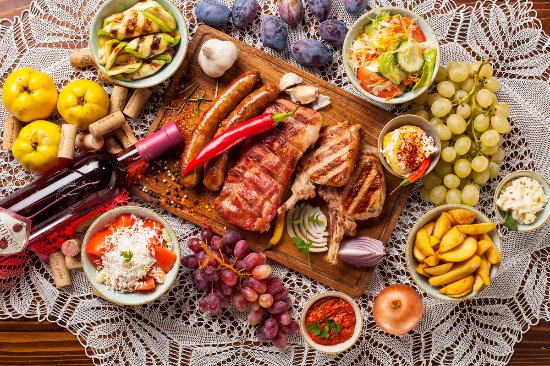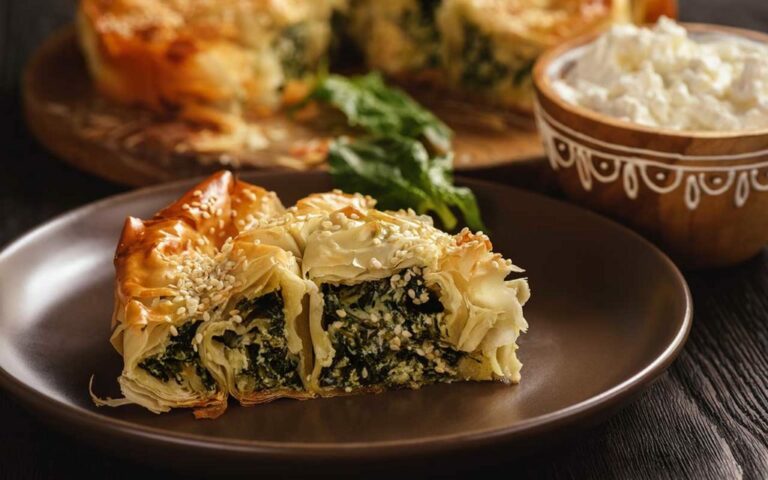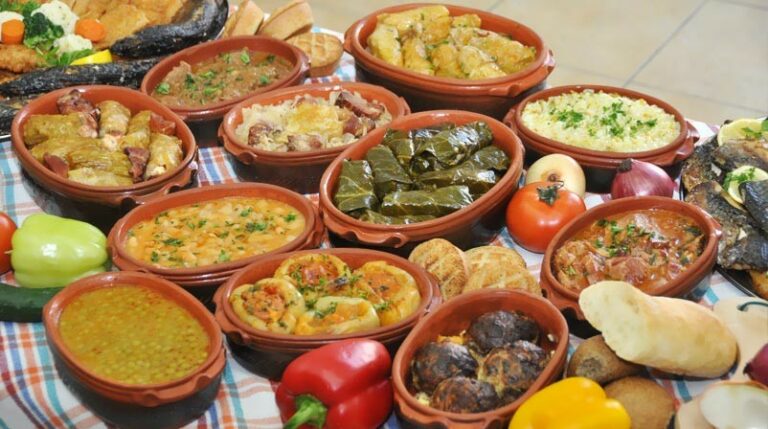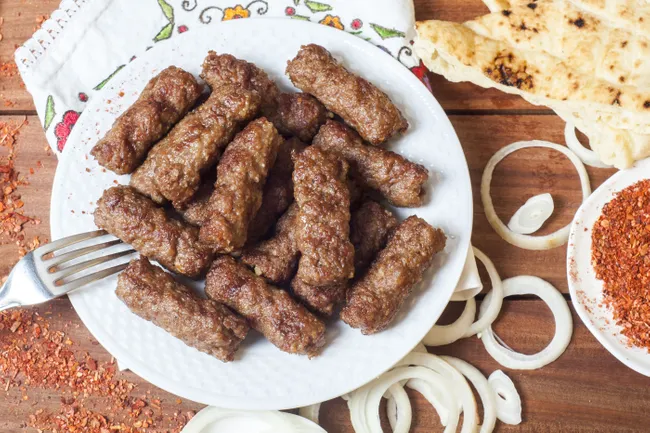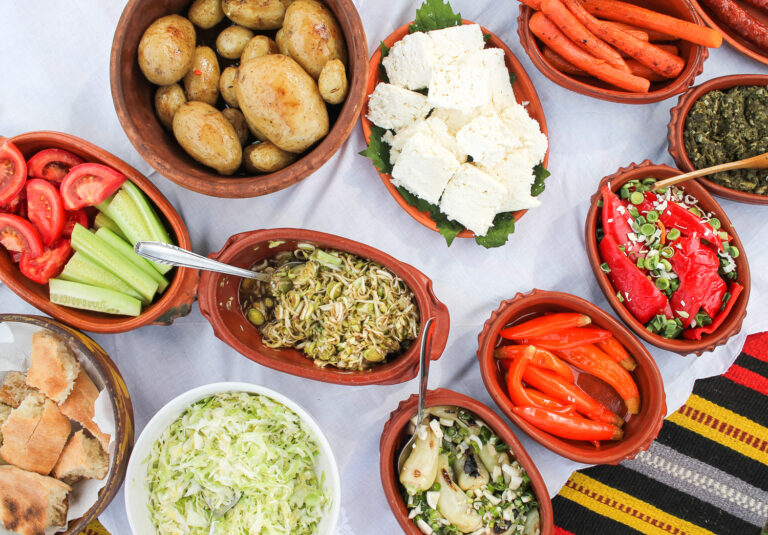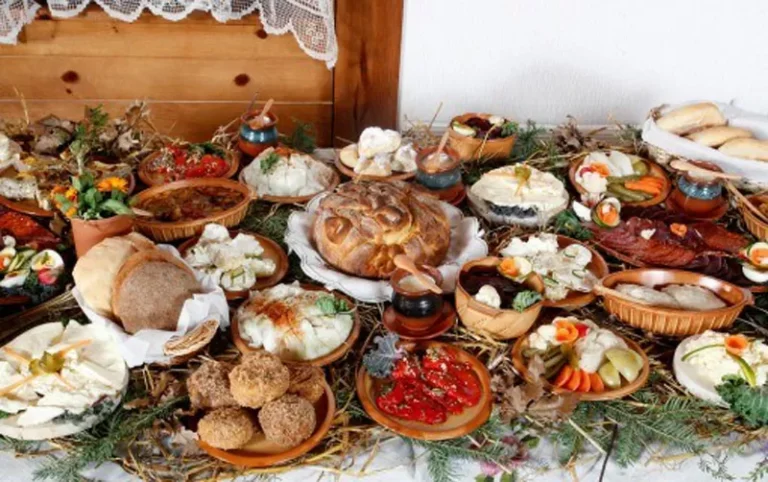Introduction: Serbian Culinary Traditions
Serbian cuisine is a blend of various influences, reflecting the country’s rich cultural and historical background. The region’s cuisine is characterized by its hearty and flavorful dishes, emphasizing the use of fresh, seasonal ingredients and traditional cooking methods. Serbian cuisine has a strong emphasis on meat, particularly pork and beef, along with vegetables, dairy, and bread.
Grilling: A National Pastime
Grilling is a cherished Serbian tradition, and it’s not uncommon to see families and friends gathering around a grill on a sunny day. Serbian grilling involves cooking meat over an open flame, using a technique known as “rostilj.” This method involves cooking meat on a skewer or grill, resulting in tender and succulent meat with a crispy exterior. Commonly grilled meats include cevapi (sausages), pljeskavica (hamburger patty), and raznjici (kebabs).
The Art of Pečenje: Roasting Meats
Another traditional Serbian cooking method is pečenje, which involves roasting meats in a wood-fired oven. This method is typically used for larger cuts of meat, such as whole pigs or lambs. A speciality of this technique is “janjetina ispod saca,” lamb cooked under a metal dome covered with hot ashes. The slow roasting process results in meat that is tender, juicy, and full of flavor.
Sous Vide: A Modern Serbian Technique
While traditional cooking methods are still prevalent in Serbian cuisine, modern techniques such as sous vide have gained popularity in recent times. Sous vide involves cooking food in a temperature-controlled water bath, resulting in perfectly cooked meat, vegetables, and fish. This technique has been applied to traditional Serbian dishes such as sarma (stuffed cabbage rolls) and goulash, resulting in dishes that retain their traditional flavors while benefiting from the precision of sous vide cooking.
Kajmak: A Creamy Delicacy
Kajmak is a Serbian dairy product that is similar to clotted cream or sour cream. It is made by skimming the cream off boiled milk and fermenting it for several hours. The resulting product can be spread on bread or served as a condiment with grilled meats. Kajmak is a popular ingredient in Serbian cuisine, and its rich and creamy texture is highly prized.
Conclusion: The Richness of Serbian Cuisine
Serbian cuisine is a reflection of the country’s cultural and historical background, and it offers a rich and diverse range of dishes that are both traditional and modern. Whether it’s grilling meat over an open flame, roasting meat in a wood-fired oven, or using modern techniques such as sous vide, Serbian cuisine is characterized by its emphasis on fresh, seasonal ingredients and traditional cooking methods. With its rich flavors and hearty portions, Serbian cuisine is sure to satisfy even the most discerning palate.

